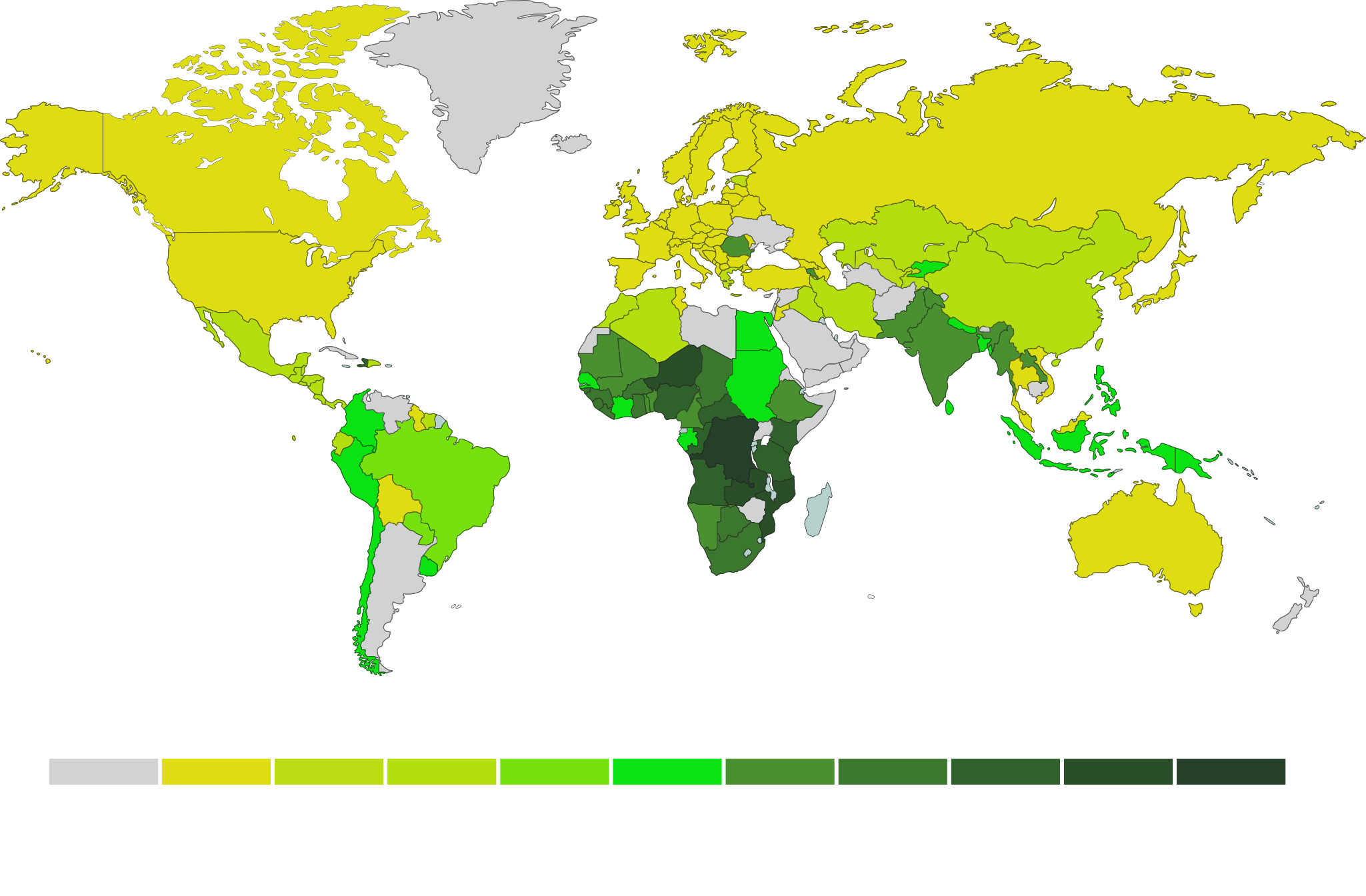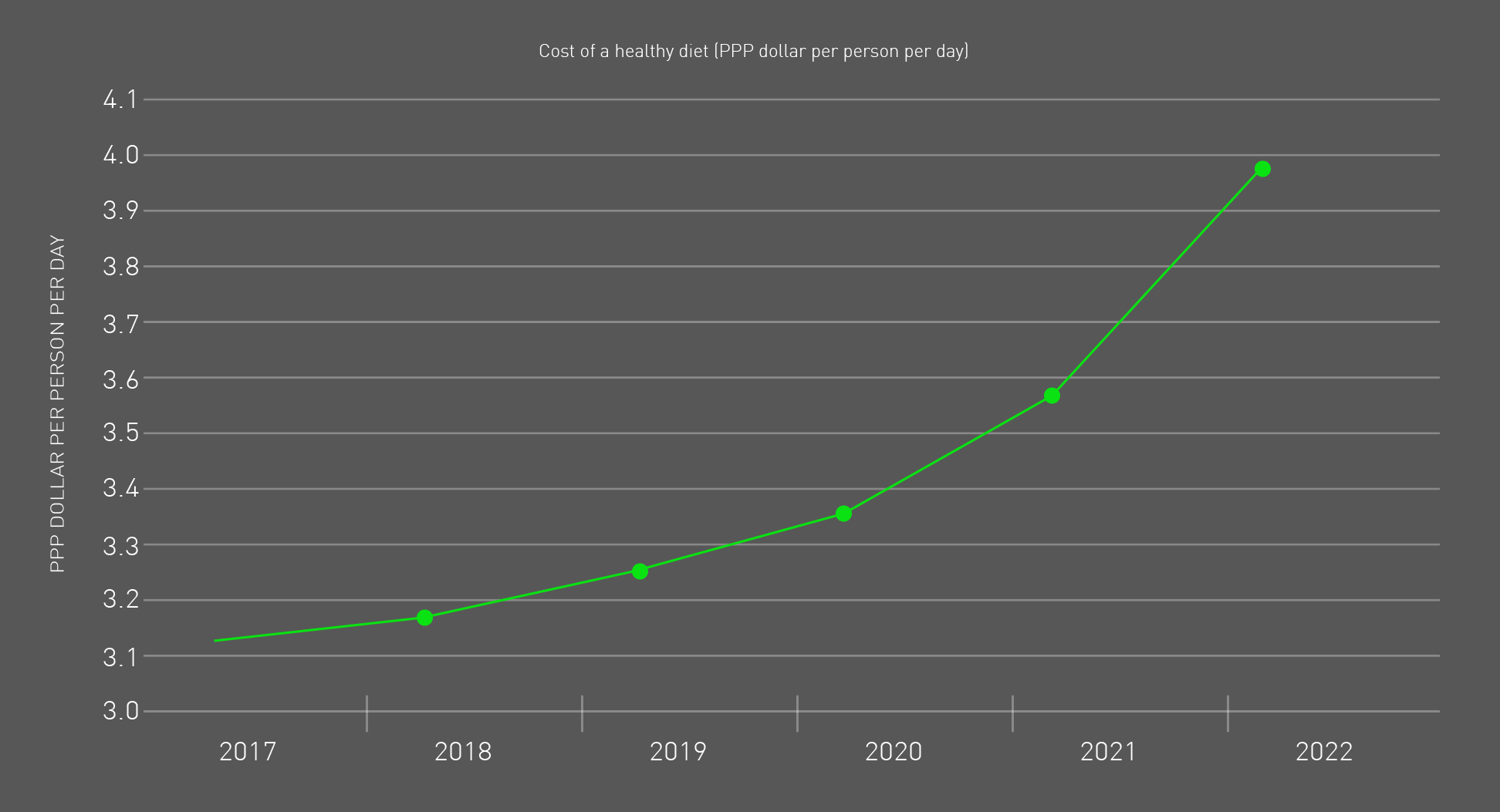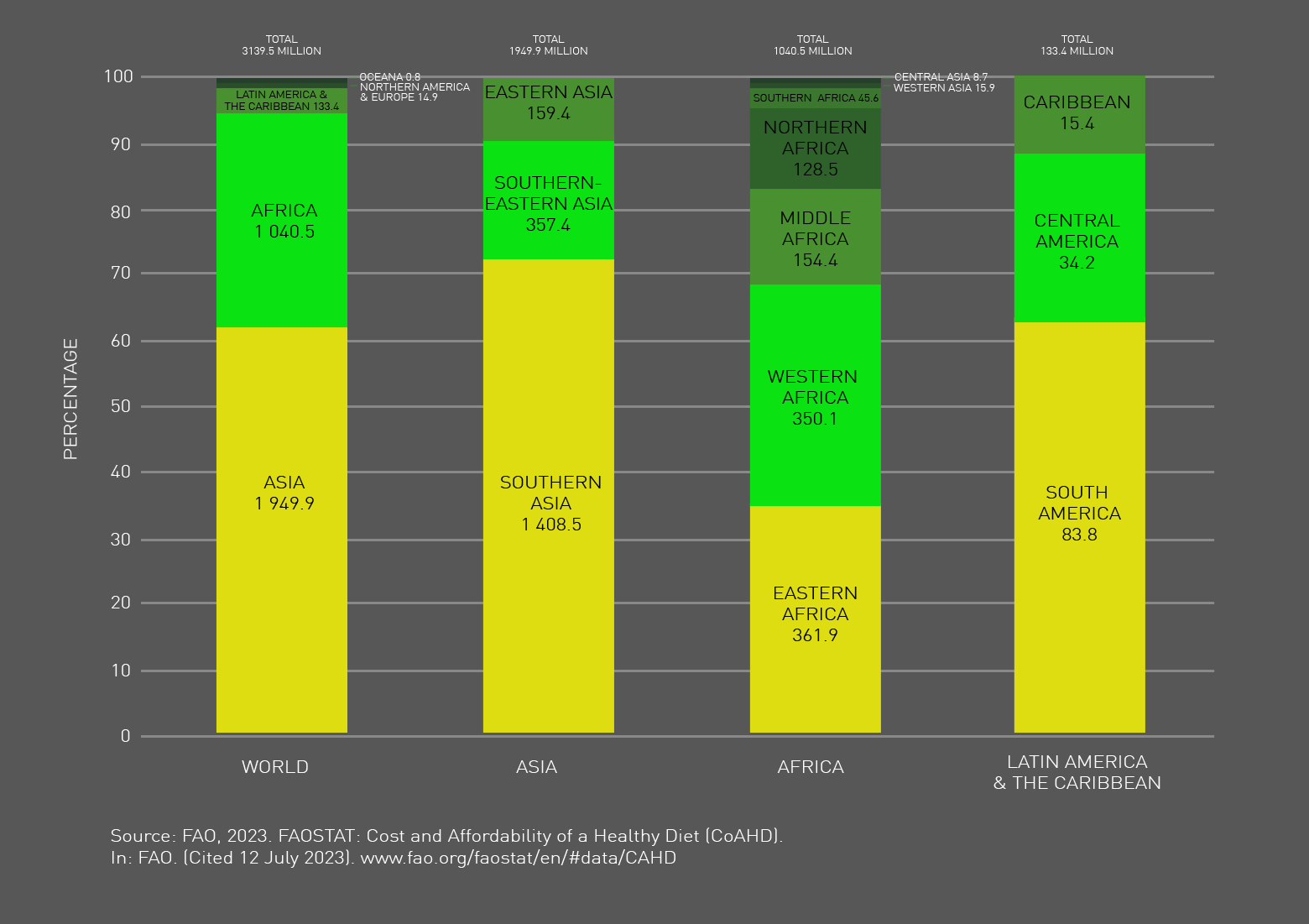Article 31

I Signed
For the right to nutritious food
10 .12 .1948
let’s urge the @UnitedNations
to make nutritious accessible to everyone
2005
31

We need a wide range of nutrient-dense foods to get all of the vitamins and minerals that are essential for good health. However, healthy diets around the world are expensive, more than four times the cost of a basic, calorie-sufficient one. This is true in every country in the world. As a result, three billion people cannot afford a healthy diet, even if they spend most of their income on food.
Being able to eat a healthy, nutritious diet is one of our most basic human needs. Yet billions of people go without; they suffer from ‘hidden hunger’, micronutrient deficiencies such as too little iron, calcium, vitamin-A or iodine.
There are many reasons why someone might not eat a nutritious diet. Often it’s because people cannot afford to.
Billions worldwide face barriers to achieving a nutritious diet due to systemic challenges with the global food system.
Despite technological advancements- the emphasis on quantity over quality, coupled with economic disparities is severely impacting people’s health and development.
3 billion people cannot afford a healthy diet

According to Our World in Data (2021). The cost of nutritious diets has become prohibitively high for many people worldwide.
This stark economic reality affects billions, with 3 billion people unable to afford a healthy diet, even if they allocate most of their income to food. This economic barrier contributes to “hidden hunger,” characterized by deficiencies in essential micronutrients such as iron, calcium, vitamin A, and iodine (FAO, 2021).

Agricultural policies often prioritize calorie-dense staple crops like wheat, rice, and maize over nutrient-rich alternatives. This leads to a global food system that is abundant in calories but deficient in essential nutrients. Wealthy nations compound the issue by heavily subsidizing their agricultural sectors, creating imbalances that disadvantage farmers in developing countries.
Environmental concerns also play a role. Opposition to synthetic fertilizers, while ecologically motivated, limits agricultural productivity in regions that rely on these inputs to achieve higher yields (Micronutrient Forum, 2022).

Technological advancements in agriculture have significantly increased food production, making calorie-sufficient diets more attainable for many. However, these advancements often prioritize quantity over quality.
As a result, micronutrient deficiencies persist, disproportionately affecting the world’s most vulnerable populations.
Economic growth has lifted millions out of poverty, yet it has not closed the gap in diet affordability. According to Our World in Data (2021):
"Real income growth—adjusted for food prices—is essential to make nutritious diets accessible to all."

To address global nutrition inequities, a multifaceted approach is necessary
Economic Policies
Support equitable economic development and smallholder farmers to enhance food affordability.
Agricultural Diversification
Promote the cultivation of nutrient-rich crops to improve diet quality.
International Cooperation
Reform food systems and ensure global access to affordable, nutritious diets.
Conclusion
The world has made remarkable progress in combating undernourishment, demonstrating humanity’s resilience and ingenuity. However, ensuring access to healthy diets for all remains a critical challenge. Bridging the affordability gap requires sustained investment in agricultural innovation, economic development, and global cooperation. By prioritizing both the quantity and quality of food, we can effectively combat hidden hunger and foster global health equity.
References: